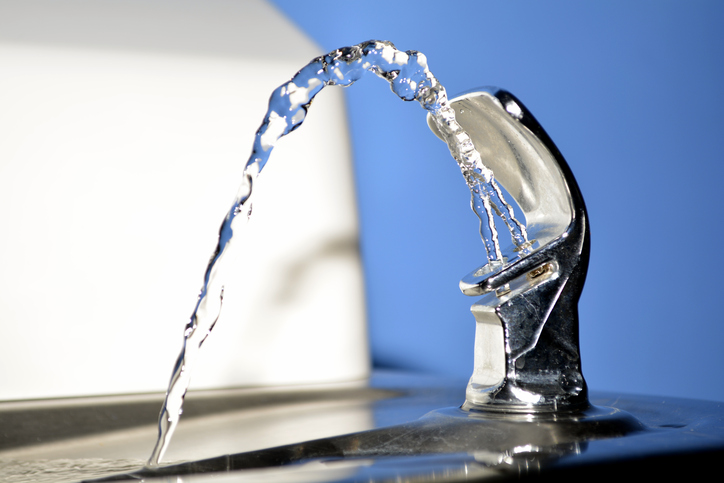The Office of the Inspector General (OIG) issued a report that found the EPA is failing to properly monitor state-level compliance for violations of the Safe Drinking Water Act (SDWA). Federal regulations mandate that public water systems notify consumers of violations of the national drinking water standards or in situations that pose a risk to the public. These violations and situations are divided into three tiers with specific notice requirements. Under the SDWA, 49 states and certain territories are responsible for implementing the federal drinking water program, with oversight and enforcement responsibilities falling on the EPA. The oversight and enforcement responsibilities are designed to ensure that public water systems follow drinking water regulations; deliver safe water; and notify their consumers when required; including when the drinking water is unsafe.
The OIG report found that the state agencies inconsistently comply with the public notice requirements set forth in the federal regulations and the EPA needs more oversight of the process. Public notice requirements of Tier 3 violations were especially lacking with some states failing to track Tier 3 public notices, which thereby prevents those states from issuing violations of the notice requirements to public water systems. Tier 3 notices are meant to inform consumers when public water systems fail to conduct required monitoring of the systems to ensure that drinking water meets standards designed to minimize public health risks. (Tier 1 notices address immediate human health risks and Tier 2 notices address potential human health risks.)
The OIG concluded that the EPA’s oversight failures include the lack of a federal database to track state-level compliance, insufficient protocols for reviewing state compliance efforts and deficient federal guidance documentation for states to use in order to ensure compliance with the public notice requirements. The OIG concluded that these failures have prevented the EPA from ensuring state agencies fulfill their oversight responsibilities, and worse, that not all of the state agencies know whether public water systems meet requirements for notifying consumers about drinking water problems.
In a draft report submitted to the EPA, the OIG offered nine recommendations for corrective actions to be taken by the EPA deputy administrator, assistant administrator for water and the assistant administrator for enforcement, and compliance assurance. In the final report, the OIG concluded that the EPA has provided acceptable corrective actions and estimated completion dates for the six recommendations to the assistant administrator for water and the assistant administrator for enforcement and compliance assurance, but that the final three recommendations to the deputy administrator remain unresolved with resolution efforts in progress. The six acceptable corrective actions relate to defining, monitoring and tracking acceptable delivery methods and compliance with the public notice requirements. The three recommendations that remain unresolved relate to recommendations that the deputy administrator require EPA regional administrators and state agencies to comply with notice and oversight requirements.
This serves as an example that in certain instances more stringent federal oversight may be needed to ensure state compliance when it comes to important safety-related health issues, like our nation’s drinking water supply.

